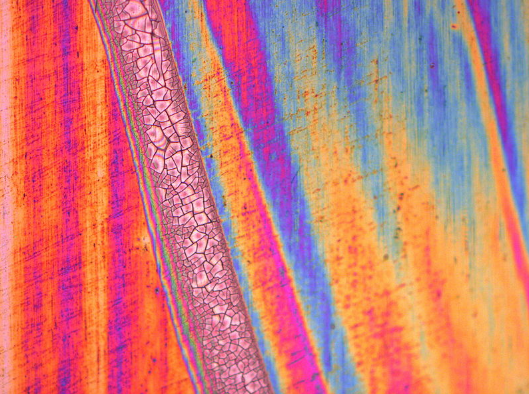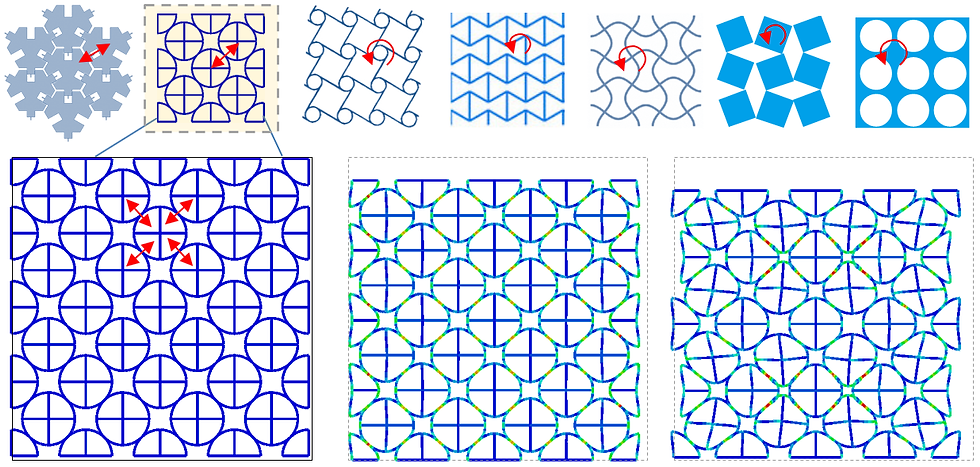See the formation of mountains and ocean trenches from a piece of specimen
- Zian Jia

- Mar 15, 2019
- 2 min read
Updated: Mar 23, 2019
In a numerical study of how the matrix property affect the failure pattern of multi-layered material, we found an interesting phenomena: the top surface of the multi-layer specimen can pile up or sink down depending on the matrix property, analogy to the formation of mountains and ocean trenches in the crustal movement of earth.

In our numerical simulation, the multi-layer material is composted by a brittle material and a soft material as a representative of the carbon fiber reinforced polymers. In the simulation, the brittle behavior of the hard material is programmed using a UMAT, while the matrix performance is modeled as an elastic-perfect plastic material with ductile damage, as shown in the following figure.

A change of temperature causes a change of the matrix property, which in turn affects the deformation mechanism and thus failure of the multi-layer specimen under 3-point bending. The numerical prediction of the evolution of damage pattern is shown in Fig. 3, which is consistent with experiment results published in Composites Science and Technology and discussed in a previous post.

Aside from capturing the damage pattern evolution induced by temperature change, there is also an interesting observation: the top surface of the multi-layer specimen may pile up or sink down depending on the matrix property (Fig. 4). This is analogy to the formation of mountains and ocean trenches in the crustal movement of earth, since the earth crust is also a multi-layer structure.
Our preliminary result reveal that the relative bulk modulus is an important parameter that controls the direction of bifurcation. A larger relative bulk modulus facilitates the "pile up" pattern, and vice versa. We think this is related to a competing mechanism between the bending effect (which tend to kink the layered structure downwards, forming trenches) and the compressibility of the matrix (a larger bulk modulus represents the harder compressibility of the soft phase, thus tend to squeeze the layered structure out). Proposing a theoretical model to capture this competing mechanism is still an undergoing work.







Comments